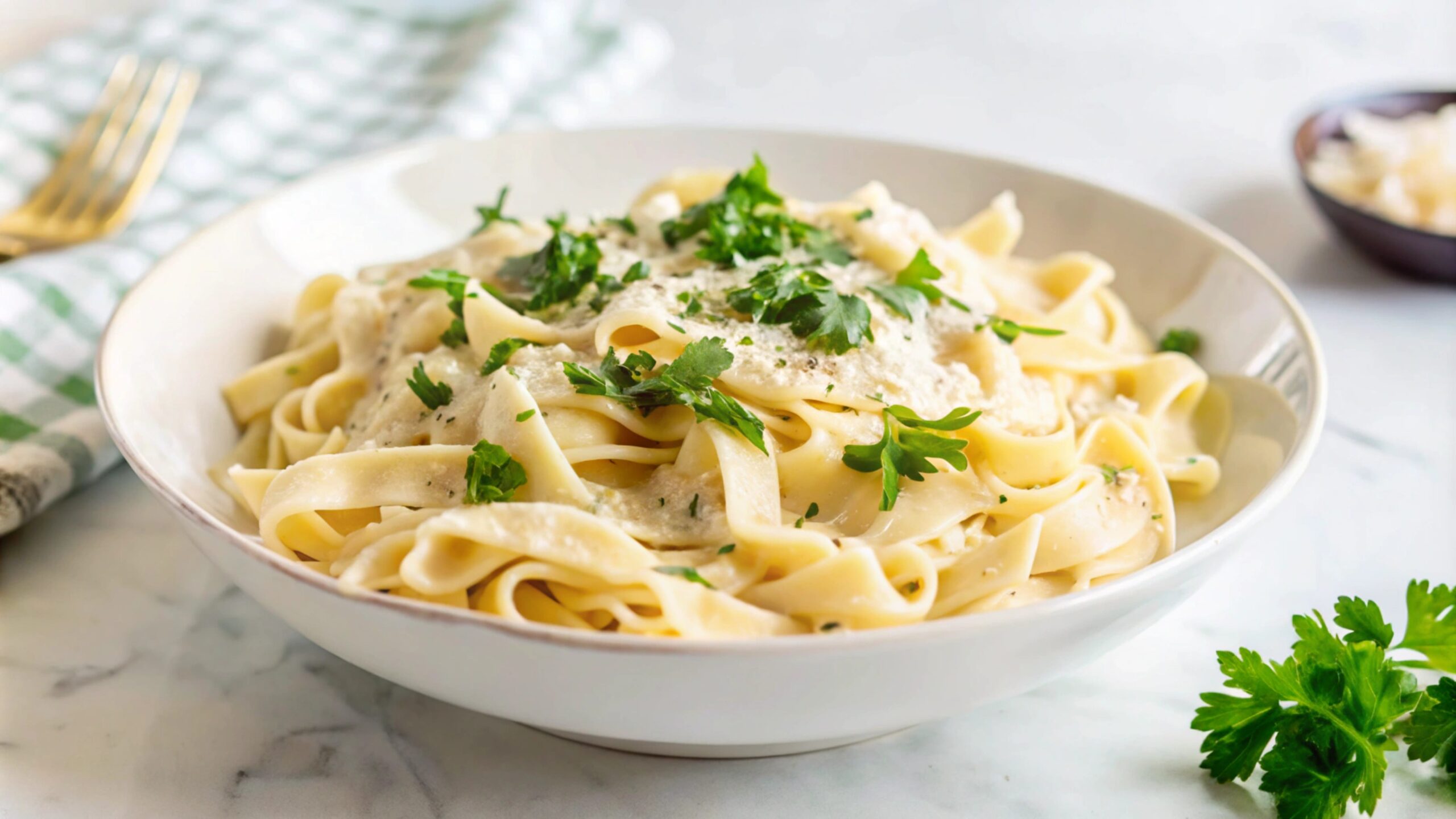- ACTIVITIES
100 Very Best Lord of the Rings Trivia Questions


Fettuccine Alfredo, a dish that embodies the essence of Italian comfort food, has captured the hearts and palates of food lovers around the globe. With its rich, creamy sauce clinging to perfectly cooked pasta, it’s a meal that promises indulgence with every bite. Whether you’re a seasoned chef or a home cook looking to master a classic, understanding the nuances of this iconic dish can elevate your culinary repertoire. From its storied past to modern-day adaptations, fettuccine alfredo offers a wealth of inspiration and flavor.
The history of fettuccine alfredo is as rich as the dish itself. It traces back to early 20th-century Rome, where it was created by Alfredo di Lelio. Seeking to appease his pregnant wife who had lost her appetite, Alfredo concocted a dish using simple ingredients: fettuccine, butter, and Parmesan cheese. His creation not only satisfied her but also became a favorite among diners at his restaurant. The dish gained international fame when Hollywood stars Mary Pickford and Douglas Fairbanks dined at Alfredo’s restaurant during their honeymoon and brought the recipe back to the United States. Today, it is celebrated as a quintessential comfort food, beloved for its simplicity and decadence.
The allure of a classic Alfredo sauce lies in its minimalistic yet luxurious ingredient list. At its core, the sauce requires heavy cream and Parmesan cheese, which contribute to its velvety texture and rich flavor. Butter is another essential component, providing a smooth base for the sauce. The importance of heavy cream and Parmesan cheese cannot be overstated, as they create the creamy consistency and savory depth that defines the dish. Freshly grated Parmesan is preferred for its superior melting quality and robust flavor, while the cream should be of high quality to ensure a smooth, luscious sauce.
In the realm of pasta dishes, the starchy water in which the pasta is cooked is an invaluable asset. When making fettuccine alfredo, a splash of pasta water can transform the sauce, helping it adhere better to the noodles. The starches in the water act as a natural emulsifier, binding the ingredients together and preventing the sauce from becoming too thick or separating. To utilize pasta water effectively, reserve a cup before draining the pasta, and gradually add it to the sauce while stirring, adjusting the consistency to your liking.
While the traditional fettuccine alfredo is a masterpiece in its own right, modern culinary creativity has led to numerous delightful variations. One popular adaptation is the addition of proteins, such as chicken alfredo, where tender pieces of grilled or sautéed chicken complement the creamy sauce. Seafood lovers might enjoy shrimp or scallops as a luxurious twist.
For those seeking to explore beyond the classic recipe, innovative twists such as vegan fettuccine alfredo offer exciting alternatives. By substituting dairy ingredients with plant-based options like cashew cream or nutritional yeast, you can enjoy a rich, creamy sauce without animal products. Other creative variations include adding vegetables like spinach or sun-dried tomatoes, which introduce vibrant colors and flavors to the dish.
Creating Alfredo sauce from scratch is a rewarding endeavor that allows for complete control over flavor and texture. Begin by melting butter in a pan over medium heat, then add heavy cream, stirring constantly to prevent scorching. Once the cream is heated through, gradually incorporate freshly grated Parmesan cheese, allowing it to melt and thicken the sauce. Season with salt and freshly ground black pepper to taste. The key to success lies in patience and attention, ensuring the sauce remains smooth and creamy throughout the process.
Fettuccine alfredo serves as a versatile canvas for a variety of pairings, enhancing both flavor and nutritional value. Proteins like grilled chicken, shrimp, or even crispy pancetta can be added to the dish, providing a satisfying contrast to the rich sauce. Vegetables such as broccoli, peas, or asparagus not only add color and texture but also balance the richness with their fresh, earthy flavors. These additions can be sautéed or roasted before being tossed with the pasta, creating a harmonious and complete meal.

The foundation of a successful fettuccine alfredo lies in perfectly cooked pasta. Start by using a large pot of well-salted water, which should taste like the sea. This ensures that the pasta is seasoned from the inside out. Cook the fettuccine until it is al dente, meaning it should be firm to the bite but not hard. This texture allows the pasta to hold up well against the creamy sauce. Once cooked, promptly drain the pasta, reserving some of the pasta water, and immediately toss it with the Alfredo sauce to ensure even coating and prevent sticking.
In conclusion, mastering the art of fettuccine alfredo involves appreciating its historical roots, understanding the significance of its core ingredients, and experimenting with modern variations. Whether you prefer the classic preparation or a contemporary twist, this dish offers endless possibilities for customization and enjoyment. With the right techniques and a dash of creativity, fettuccine alfredo can be a delightful addition to any culinary repertoire, promising satisfaction with every creamy, indulgent bite.